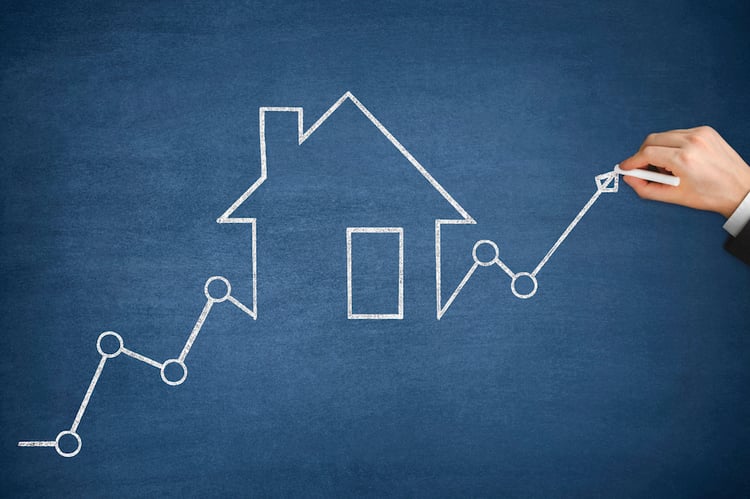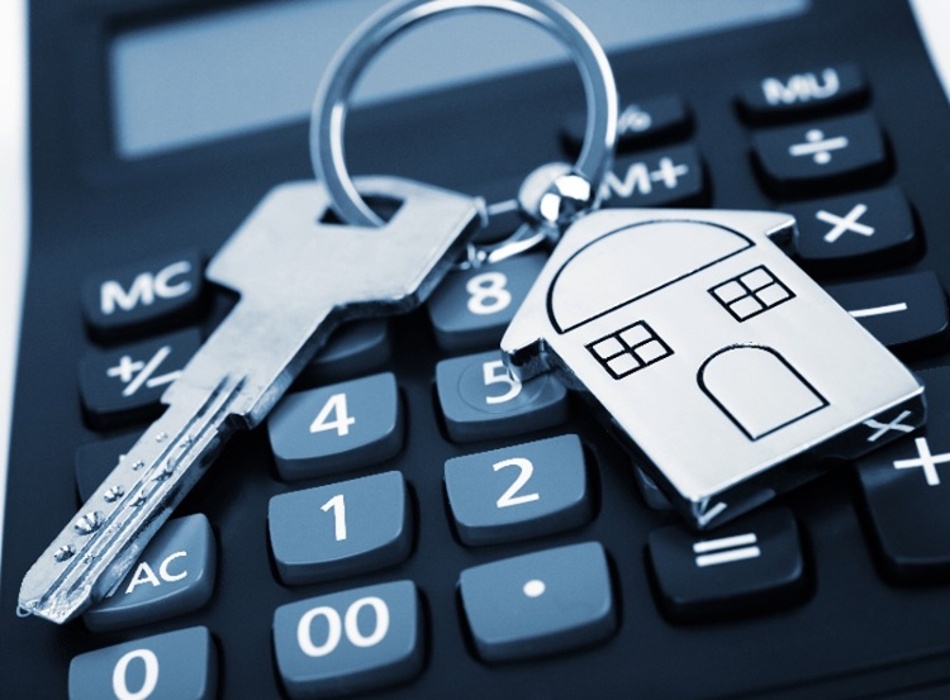Many people think of debt as something to stay away from. In some cases, such as high-interest credit card debt, that’s absolutely true.
However, real estate investors conservatively use debt with equity to own and control 100% of a property without tying up a lot of their personal money.
By maintaining a good debt to equity ratio, an investor may be better able to balance risk with potential reward, and to increase potential return on equity invested in a rental property.
Key takeaways
- Debt to equity ratio shows how much debt there is in a property for each dollar of equity.
- An investor calculates debt to equity ratio by dividing the mortgage balance by the equity in the property.
- By making a down payment of 25%, an investor will have a debt to equity ratio of 3.0.
- Debt to equity ratio changes over time, due to reduction in a mortgage principal balance and increase or decrease in property value.
- An investor may strategically increase the amount of debt in a property to try and increase return on equity.
What is a debt to equity ratio?
Debt to equity is a leverage ratio that shows how much debt there is for each dollar of equity. For a real estate investor, the debt to equity ratio measures what percentage of a property an investor actually owns.
An investor who is willing to accept more risk might accept a higher debt to equity ratio in order to boost potential returns. On the other hand, an investor who is more risk averse may wish to have as little debt in a property as possible.

How to calculate debt to equity ratio
The formula for calculating debt to equity ratio looks like this:
- Debt to Equity Ratio = Mortgage Balance / Property Equity
To illustrate, assume an investor purchased a single-family rental home for $150,000 using a down payment of $37,500 and a mortgage of $112,500. The equity in the home is calculated by subtracting the mortgage balance from the property value, and then dividing the mortgage balance by the equity amount.
In this example, the equity is $37,500 and the debt to equity ratio is 3.0:
- Equity = $150,000 property value - $112,500 mortgage balance = $37,500
- Debt to equity ratio = $112,500 mortgage balance / $37,500 equity = 3.0
In other words, an investor owes $3 for every $1 owned in the home.
What is a good debt to equity ratio?
Debt to equity ratio indicates the potential level of risk in an investment. From a lender’s perspective, the less equity or “skin in the game” a borrower has, the greater the likelihood is that a borrower may default on a mortgage.
If home prices in a real estate market decline over time, an investor with only a few thousand dollars of equity in a property may decide to give the keys back to the bank and walk away rather than waiting around for home prices to start rising again.
That’s why a lender will usually require a down payment of around 25% on a rental property loan. With a debt to equity ratio of 3.0, there is reduced risk for both a borrower and a lender. A borrower with a lower debt to equity ratio may also qualify for more attractive financing terms, such as a lower interest rate and reduced loan fees.
How debt to equity ratio decreases over time
Debt to equity ratio can and will change over time as property values fluctuate and the mortgage balance is paid down.
For example, assume an investor purchased the home for $150,000 two years ago. According to Zillow, the typical value of a middle price tier single-family home has increased by a little more than 28% (October 2019 to October 2021). That means today, the home in this example has a value of $192,600. Over the same 2-year period, the mortgage principal balance is reduced with each monthly mortgage payment.
To calculate the current debt to equity ratio, first subtract the outstanding mortgage balance from the current fair market value of the home. Then, divide the current mortgage balance by the equity to calculate the debt to equity ratio:
- Mortgage balance = $108,500
- Equity = $192,600 current market value - $108,500 mortgage balance = $84,100
- Debt to equity ratio = $108,500 mortgage balance / $84,100 equity = 1.3
After two years, from a combination of the home value appreciating and the mortgage balance being paid down, the investor owes $1.30 for every $1 owned in the home.
Debt to equity ratio can also increase
It’s also possible for the debt to equity ratio to increase after an investor purchases a property.
For example, assume an investor willing to accept more risk makes a down payment of 10%. Even though the down payment is low, the investor is betting that property prices will keep going up. Unfortunately, the real estate market enters a downward cycle and the median sales price of houses declines 12% over 2 years.
Let’s look at the impact that declining home prices can have on a debt to equity ratio.
Debt to equity ratio at purchase
- Home purchase price = $150,000
- Mortgage balance = $135,000
- Equity = $15,000
- Debt to equity ratio = $135,000 mortgage balance / $15,000 equity = 9.0
When the home is purchased, an investor owes $9 for every $1 owned in the home. Now, assume that over the next 2 years, property prices decline by 12.0%.
Debt to equity ratio when market declines
- Current home value = $132,000 ($150,000 purchase price – 12.0% price drop)
- Mortgage balance = $127,200 (including principal reduction from 2 years of mortgage payments)
- Equity = $4,800
- Debt to equity ratio = $127,200 mortgage balance / $4,800 equity = 26.5
Due to a combination of a low down payment and declining home values, an investor now owes $26.50 for every $1 owned in the home.

Why would an investor increase their debt to equity ratio?
As the above example illustrates, there is potential risk when debt to equity ratio is too high. That’s why, generally speaking, an investor aims to keep a debt to equity ratio at a level where risk and potential reward is balanced.
However, an investor may strategically increase debt to equity ratio to increase annual return.
For example, assume an investor owns a single-family rental home worth $150,000 that generates a positive cash flow of $8,000 per year. If the mortgage balance is $75,000, the equity in the home is also $75,000. The debt to equity ratio is 1.0 and the return on equity – which is calculated by dividing the cash flow by the property equity – is 10.7%:
- $8,000 annual cash flow / $75,000 equity = 10.7%
Now assume an investor does a cash out refinance to pull some of the equity out of the home to purchase another rental property.
If the new mortgage balance is $112,500 the equity remaining in the home is $37,500 and the debt to equity ratio is 3.0. The cash flow is now $6,000 per year because the mortgage payments increased due to having a new, larger mortgage balance.
However, by conservatively increasing the debt to equity ratio, the investor in this example is also able to increase the return on equity. If the property generates a positive cash flow of $6,000 the return on equity would be 16%:
- $6,000 annual cash flow / $37,500 equity = 16.0%
So, even though the debt to equity ratio in this example increased from 1.0 to 3.0, the return on equity also increased from 10.7% to 16.0%.
Closing thoughts
Real estate investors use debt to control 100% of a rental property by using less of their own money and more of other people's money.
Some investors use as much debt as possible in an effort to boost overall returns. However, a high risk investing strategy like this may lead to oversized losses if an investment doesn’t perform as expected. By aiming for a more conservative debt to equity ratio of around 3.0, an investor may still benefit from debt while generating returns with a lower level of potential risk.
Over time, debt to equity ratio in a rental property can increase or decrease, due to changes in property value and reduction in the mortgage principal balance each time a mortgage payment is made.
Monitoring debt to income ratio on a regular basis allows an investor to decide if the time is right to refinance, and to increase return on equity that a rental property is generating.









